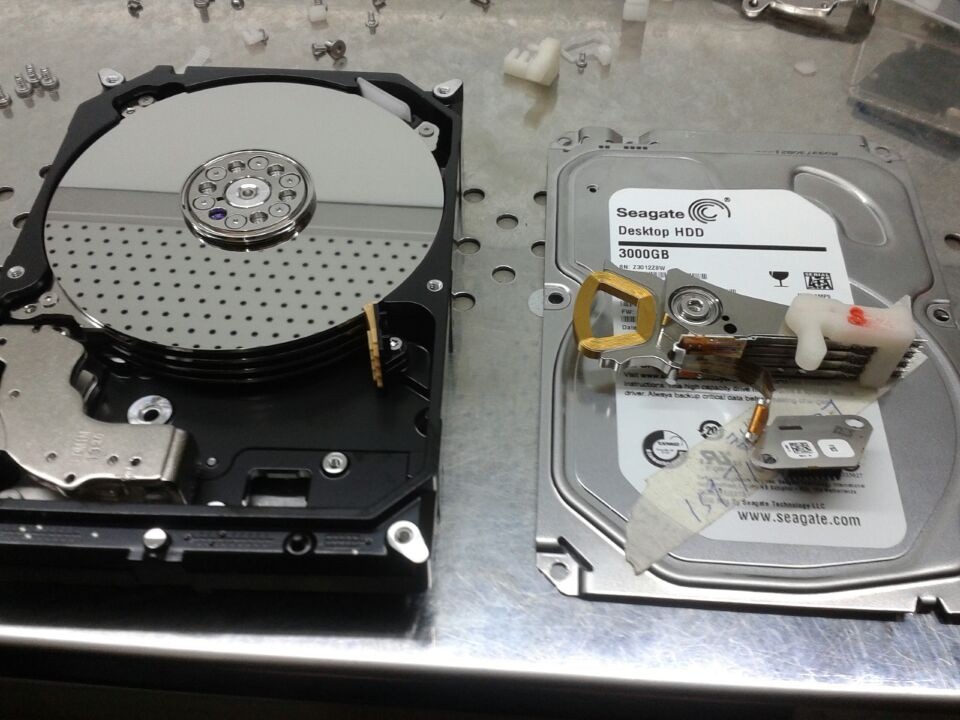What Are The Universal Steps For Hard Drive Head Swap
When users are going to offer physical data recovery services, users need to have good hands-on experience, qualified head and platter swap tools and clean room environment (for beginners, one qualified clean bench is good for opening hard drives for heads installation and uninstallation.)
It’s suggested users need to practice on 50-70 useless hard drives (second hard drives without important data, old drives of different brands)for head installation and uninstallation, after these 50-70 drives’ practice, users can find some new drives without important data to open and swap. The practice of this amount of drives is aiming at learning about the different structured hard drives: different number of heads and platters, platters with or without spacer, different heads’ parking area (parking on the outer tracks, parking on the inner tracks, parking on a ramp.)
About HDDHeadTools.com 1
The following are the general steps to open hard drives and swap heads:
1, Find one donor hard drive from the same family;
2, Open one similar drive without important data before opening the data drive to learn about the physical structure, this might help increase the success rate and reduce mistakes on opening the data drives;
3, Prepare good head and platter swap tools and make sure these tools are clean;
4, Take care of operator’ static electricity and wear antistatic clothes and gloves;
5, Open the clean bench and let the clean bench work for 10 minutes around before using the bench so that it filters the air with possible dust inside;
6, Handles the static electricity and dust on the patient and donor hard drive;
7, Uninstall heads with head combs from data drives and check the platters and check and remember clearly the platter orders;
8, Uninstall donor heads from donor drives and install donor heads onto the data drives;
9, Adjust the tightness of the heads and motors;
10, Slightly spin the platters and see if the heads touch the platters;
11, Cover the opened data drive with the lid, fix the screws and connect to pc, power on the drive, check with MHDD or any other data recovery tools to see if it gets ready and if there’re bad sectors or not;
12, If the drive gets ready and no bad sectors, any kind of data recovery software can do the recovery work but if there’re many bad sectors or if the drive contains a lot of data such as 2TB, 3TB, 4TB data, users need to use professional advanced data recovery equipment such as DFL-DDP USB3.0 data recovery equipment to recover the data efficiently;
13, If the drive doesn’t get ready but spin normally without unusual sounds, users can connect to firmware repair tools such as DFL-FRP to diagnose further for firmware checking and fixing;
14, After all the data is recovered, return both the data drives and donor drives to their original status by installing heads back and return to the end users.

During the whole physical data recovery process, the clean room engineers need to be patient, careful, precise, clear minds and follow the rules. Otherwise, any minor mistake might cause failure in the end.
